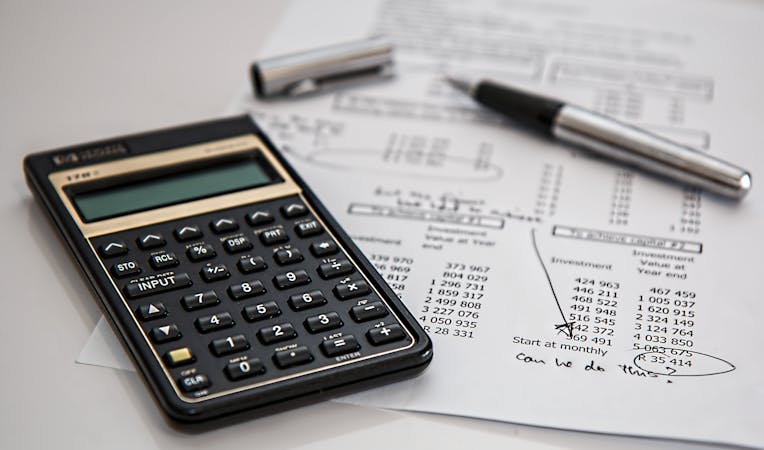Let me start off with a question? Whenever you buy a property, do you do any kind of due diligence or research on how the property will perform from an investment point of view? Do you put any effort in procuring financial data of the property from developers/brokers? Do you calculate financial metrics or models to assess how the property will perform? During our decades of experience with interacting with property buyers, the answer is probably not. Unfortunately, people invest in properties based on intuition and emotional instincts, not analytics.
Diving deeper into the details of real estate analysis might feel confusing at first. ROI? Net Rental Yield? IRR? Cash Multiple?
Feeling Confused already? Don’t worry, you’re not alone. Unlike other investment securities, investing in real estate is unique from others due to the fact that the primary driving factor in Real Estate is numbers, rather than sentiment. By the end of this article, I can assure you that you’ll have the necessary knowledge and tools to make sound investment decisions in real estate.
When investing in rent-generating properties (properties already occupied by a rent paying tenant), it is important to keep the below metrics, and many others, in mind while evaluating the asset
1. Cash Flow
Like any investment, it is extremely important to focus on the Cash Flow. It allows you to discern the income and expenses, but more importantly, it also serves as a function on how well your property will perform financially. To put it simply, cash flow is the money (rent + other income) left over after all the expenses - which include property tax, maintenance cost, EMI - have been paid. Income may include more than just the rent you’re collecting, and expenses in some cases might include more than just the above. Other expenses generally include property management charges if you hire a firm to overlook your property.
But the best part about rent-generating (preleased) properties is that everything is autopilot. You have passive income coming from an exceptional tenant, and in the majority of the cases, the tenant looks after the maintenance of the property! Essentially, cash flow is your total annual profit. For instance, the higher your EMI payments, the smaller your cash flow, and hence you’ll earn low profits.

2. Net ROI
Return on Investment (or ROI) is another important metric that a Real Estate investor should consider. ROI to put it simply is the cash flow (in this case rental income after all expenses) you’re earning through your property relative to the total investment you’ve made. For example, if you buy a property for a total value of 1 crore (including stamp duty, registration, brokerage and any additional charges) and the annual net rent (after expenses) is 10 Lakhs, your ROI is 10%.
ROI can be used as a deciding metric for whether you should invest in a property or not. ROI can also be used as a relative metric, that is it can be used to compare the investments and evaluate which one is better. Rent-Generating (preleased) properties offer pure rental ROI of 6-12% and are very low risk investments.

3. Rental Yield
Rental Yield is a metric that allows investors to ascertain the scope for passive income in a property. Higher the rental yield, higher the passive income you’ll get relative to your investment amount. Rental Yield can be calculated by dividing the annual rental income (before expenses) by the price of the property (excluding registration, brokerage, stamp duty and registration). In a commercial property, rental yield can vary considerably depending on the asset class you’re buying.
Banks offer Avg. Rental Yields of 6-7% due to the high security offered by banks as tenants. Banks rarely vacate the premises and thus offer investors a very stable investment opportunity.
Office spaces can fetch an Avg. Rental Yield of 6-9%, whereas warehouses generally offer an Avg. Rental Yield greater than 9%.
4. Price Per Sqft
Price per sqft is a metric extensively used by investors to estimate the capital value of the property. Price per sqft simply put is the price of the property divided by the carpet area/built-up area. It is used as a relative metric to see the “rate” at which a property is being sold in a certain locality. Why is this important?
While investing in a rent generating property, it is essential not only to focus on the rental yield but also on the capital value of the property. If a property is being sold at a higher value than the prevailing market rate in a certain locality, then there is very little scope for appreciation in that property. The benefit of investing in preleased properties is that you can benefit from both rental income and at the same time gain appreciation on your property. The ideal scenario would be to find a property being sold at a discount with respect to the area - this would result in considerable capital appreciation for you!
Ultimately, depending on your investment goals and criteria, different financial metrics will carry more weights than others. On PropReturns the above list of financial metrics and many more are readily available to view for each property Analyzing the above metrics, along with their implications, will make your investment journey as easy as investing in stocks!
Unlike other investment securities, real estate is unique from others due to the fact that the primary driving factor in Real Estate Investment is numbers, rather than sentiment. Novice Real Estate Investors often become confused with the countless methods to evaluate an investment, but with the correct tools and financial metrics in mind, investing in Real Estate is as easy as investing in stocks.
